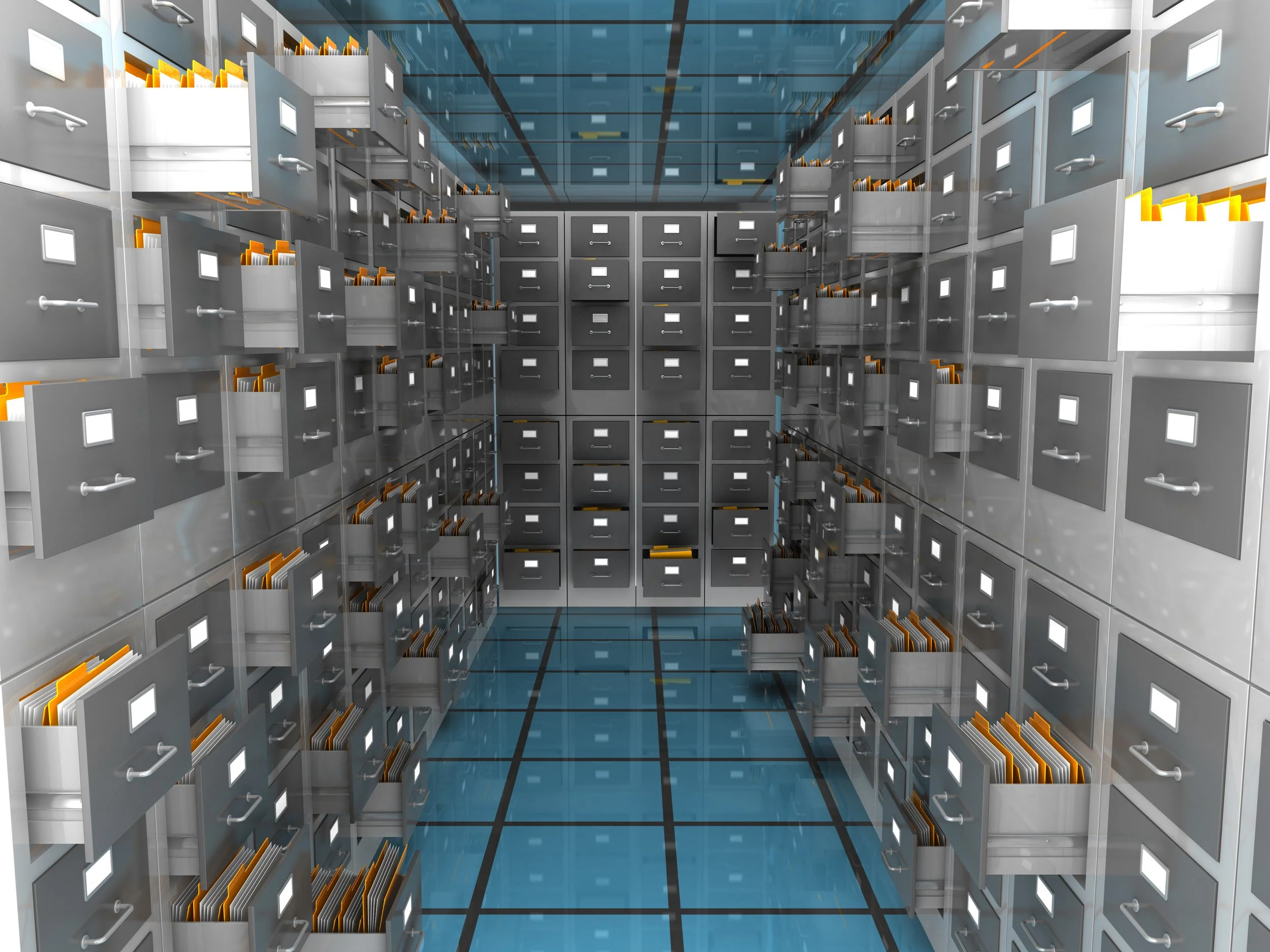Data management strategy is always a hot topic in ITSM. In particular, we see an increased focus on data storage strategies and turning data handling from a must-have process into a point of serious competitive advantage. Replication and archiving strategies are always at the forefront of these discussions. For the uninitiated, what’s the difference between “replication” and “archiving,” and why should businesses care about the distinction?
What’s the Difference Between Replication and Archiving?
Data replication and archiving might sound like simple background processes to relegate to your IT team, but they’re much more than mere administrative functions. They’re strategic processes that can, when properly improved, provide substantial benefits to employee efficiency and administration costs.
According to a recent survey from Red Hat Storage, 68% of IT decision-makers agree that their organizations will run out of money allocated to data storage. And worse yet, much of this data lies dormant after its creation. In a recent CrowdChat discussion, a senior technologist noted that 98% of his company’s data is never again touched once it’s generated.
There’s a lot of value at stake in data handling, and a streamlined replication and archiving strategy are the best ways to manage it. So, what’s the difference between the two?
Replication is the creation of a copy of selected application data in a separate on-premise or cloud-based repository, one that provides a mechanism for periodic updates and data syncs.
Archiving is the creation of a copy of old or inactive application data and removing the data from the source platform.
Though similar, both processes are critical to several areas of IT.
Why Do These Processes Matter?
A solid archiving and replication strategy supports centralized reporting. We’ve seen more and more businesses over the years build out their warehouses and data lakes to support centralized reporting for various business groups. When all users have a single, unified source to access information, we see efficiency improve drastically.
There’s also the crucial “disaster recovery element” to consider. Backups of data provide a safeguard against worst-case-scenarios where instances may be lost. It’s a question of resilience and knowing how to store data across locations to keep everything safe.
Naturally, one of the most important benefits of replication has to do with server performance. When you can replicate data elsewhere, there’s less impact on the production instance and fewer users accessing the instance at once. This makes it faster and easier for users to find the reports they need.
Taken together, it’s clear that replication and archiving are far more than mere administrative functions. They’re strategic processes that touch multiple aspects of ITSM operation across storage, security, and compliance.
If you need help planning your own replication project, contact our team at Precision Bridge for a business assessment. We’ll help you set up a replication schedule that streamlines data storage across your entire operation.


